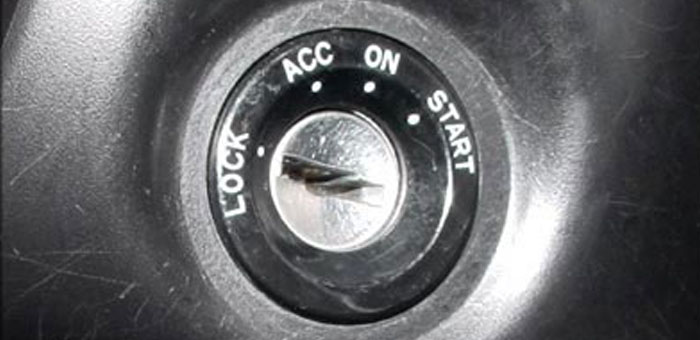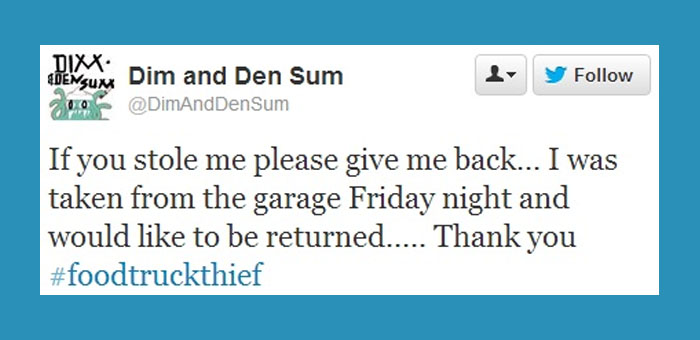Freezing cold weather can take its toll on a food truck’s batteries. That’s why it’s important to be prepared for the winter season and the food truck trouble that’s bound to ensue. With winter here, we felt we’d provide novice food truck operators a basic list of cold weather starting tips.
Food Truck Cold Weather Starting Basics
Cold Weather Starting For Gas Powered Food Trucks
- In engines with a carburetor, gently push on the gas pedal while still parked. Depress the accelerator once and then release it. This will inject a small amount of fuel into the engine which can help get things going. Note that there is no need to do this with fuel-injected engines.
- Turn off all accessories and close the doors. This includes the heater, radio and lights. This will help to maximize your starting power.
- Turn the key and hold it for 20 seconds. This should help to get the engine going. Don’t hold it for any longer than 20 seconds, as over-grinding the starter can cause mechanical damage. If the engine fails to turn over, wait a couple of minutes and try again.
- Let the battery recover if the truck fails to start. If your food truck does not start up after ten to twenty seconds of cranking, stop and wait for a minute or two before attempting to start again. This gives the battery time to recover by allowing the starter motor to cool down.
- If the truck is coming close to turning over but seems sluggish, give it a break and try again. If the battery won’t make any effort to turn over, it’s dead and you’re going to need to jump it.
- After trying many times is the battery still sluggish? You need to heat up the battery by removing it and bringing it inside. You can do this as a preventative measure or you can do it if you’ve got the time to wait for it to warm up some.
Cold Weather Starting For Diesel Powered Food Trucks
Gas powered engines and diesel powered engines ignite differently. Gas powered engines start when the fuel is ignited by a spark from a spark plug. In contrast, diesel engines are ignited by combustion. In a diesel truck, the fuel and air must get hot enough to create combustion, which then creates the spark to start the engine. Because heat is necessary to start a diesel truck, the process for starting it is different than starting a gas engine.
- Turn the key to the start position without turning the engine on. You will see the “wait to start” light on the dash. Do not attempt to start the engine until the light disappears.
- Wait for the glow plugs to heat up before attempting to start the truck. Heating the glow plugs takes up to 15 seconds. The “wait to start” light won’t go out until the glow plugs are ready. During cold weather, the glow plugs will take longer to heat.
- Start the engine, but allow it to crank for no more than 30 seconds. If the truck doesn’t start within 30 seconds, turn the key to the off position.
- Attempt to start the vehicle again by heating the glow plugs. This will require turning the key to the on position and waiting until the “wait to start” light goes out again, just don’t crank for no more than 30 seconds.
- If all else fails: Consult the owner’s manual. Almost every vehicle today has cold-starting instructions in the Operator’s Manual that instruct you to use a small amount of throttle to help with a cold start. Refer to your vehicle’s Operator’s Manual for further information.
- If you do not have the owner’s manual belonging to your food truck, you can order one from a truck manufacturer, find one at a salvage yard or look for one at an auto parts store.
- You can also find many owner’s manuals online. Try typing in “truck owner manual” into a your favorite search engine and look for relevant results.
RELATED: Food Truck Troubleshooting: Why Won’t It Start?
The Bottom Line
During the winter months, if you have an older food truck, it may be more difficult to get your truck started. Use these tips to get things rolling and get to your next planned stop.
Do you have any additional cold weather starting tips? You can share your thoughts in the comment section below or on social media. Facebook | Twitter




